Entry Category: Military Science - Starting with V
Van Buren, Capture of
Van Buren, Skirmish at (April 2, 1865)
Van Buren, Skirmish at (August 12, 1864)
Van Dorn, Earl
Vandever, William
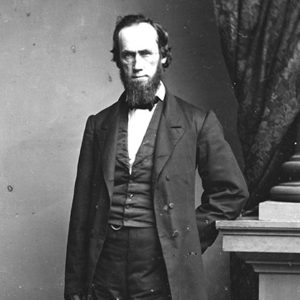 William Vandever
William Vandever
Vaughns, Thomas Franklin
Vaugine, Marcellus
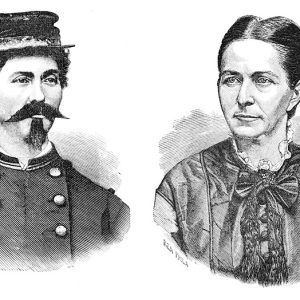 Loreta Velazquez's Two Looks
Loreta Velazquez's Two Looks
Velazquez, Loreta
 Veterans Day Parade
Veterans Day Parade
Vietnam War Markers and Memorials
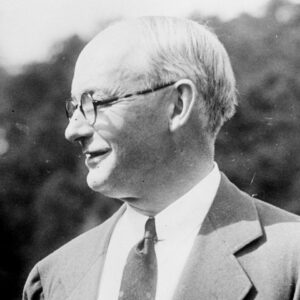 Jesse Vincent
Jesse Vincent
Vine Prairie, Skirmish at
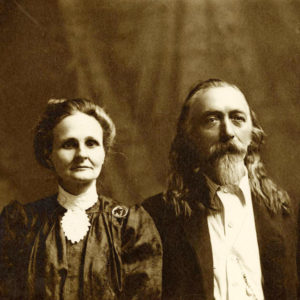 Von Berg and Wife
Von Berg and Wife
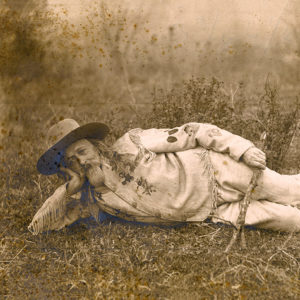 Carlos Von Berg
Carlos Von Berg
Von Berg, Charles Ludwig “Old Scout”
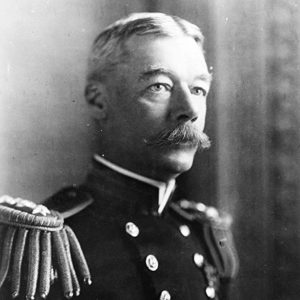 Charles E. Vreeland
Charles E. Vreeland




